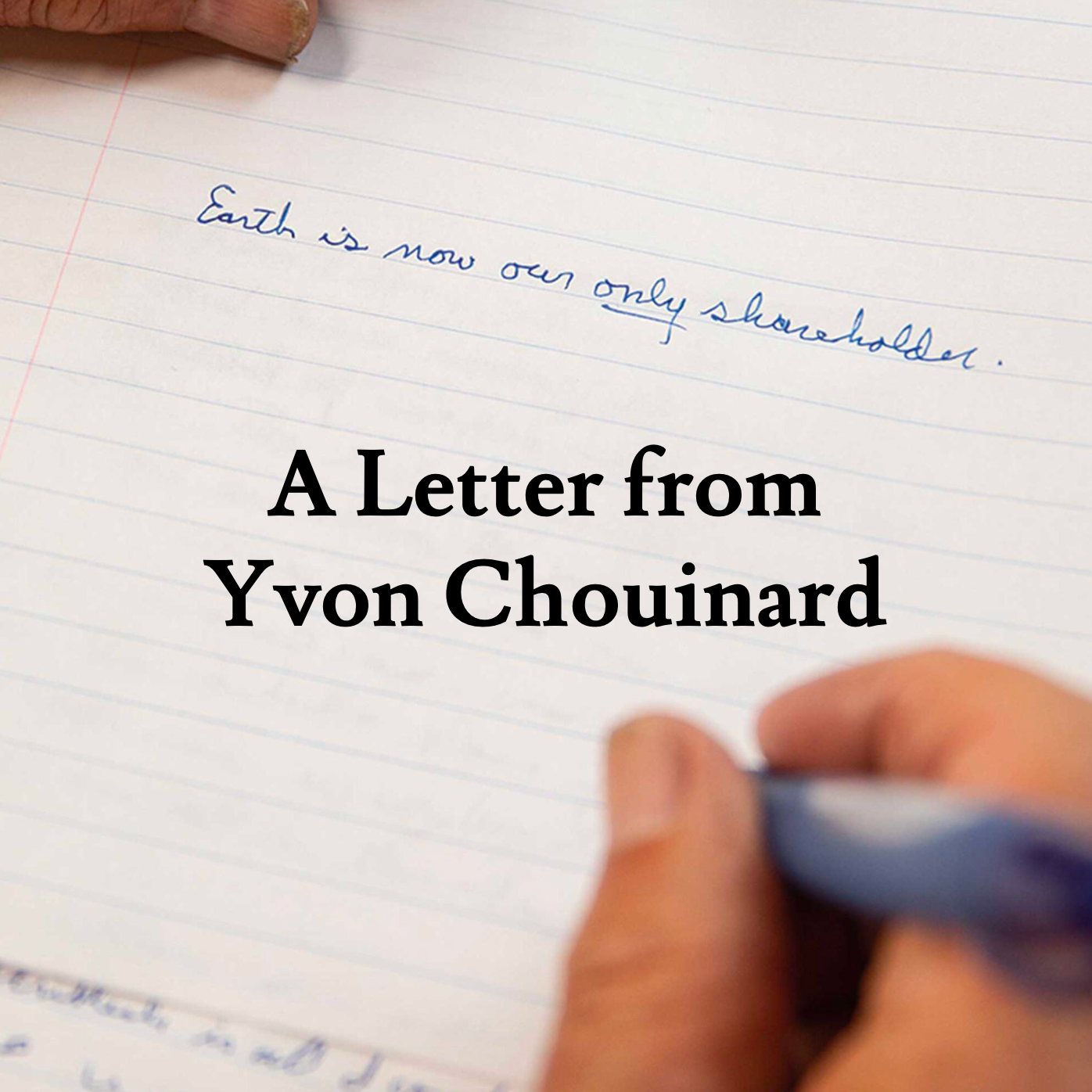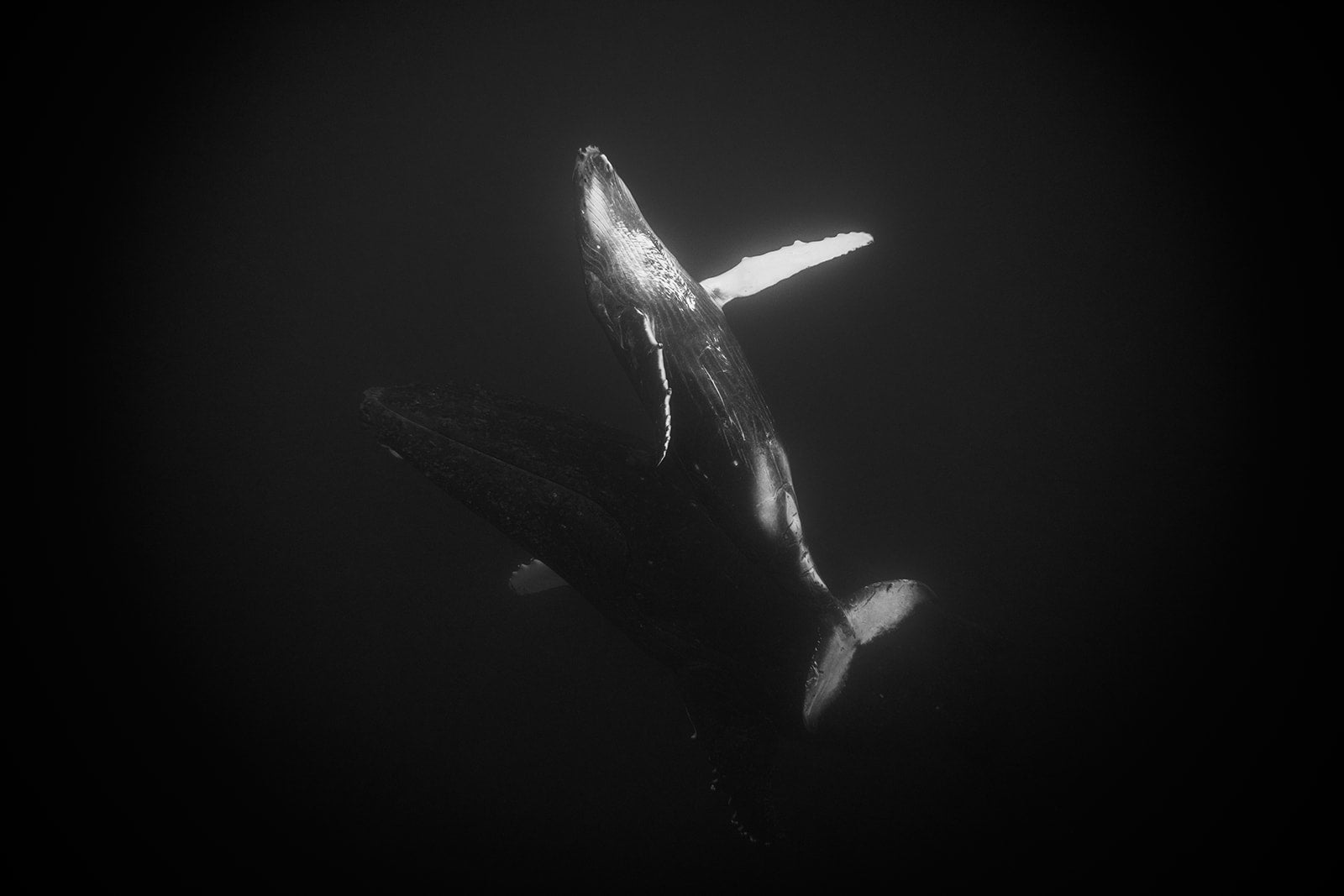Twenty years in the making, last week United Nations member states finally agreed on a treaty to protect the high seas – those global waters beyond national maritime boundaries, effectively two-thirds of the world’s oceans. It’s a landmark agreement that provides a legal framework for establishing vast marine protected areas right around the world. But obviously, with so many stakeholders, so many threats and so much ocean, it’s complicated. Rebecca Hubbard, Director of the High Seas Alliance, talks to Ula Majewski about what this huge new global ocean treaty actually means.
We all love the ocean but why is it so important?
The ocean is critical to every single person on the planet, even if you've never seen it. The ocean absorbs around one-third of the carbon emissions that we emit and produces about half of the oxygen that we breathe. It regulates the climate and it provides food and livelihoods. People get spiritual and personal health benefits from it, but essentially without it, we wouldn't be able to survive on the planet.
How do we define the ‘high seas'?
The high seas are all of the ocean beyond national waters. So countries manage the sea out to 200 nautical miles and then beyond that, it’s all open. So that area is two-thirds of the global ocean or more simply, half of the whole planet.
What’s happening out there on the high seas right now? What are the most critical threats?
The high seas are really owned by nobody but claimed by all. So there’s fishing, there is minerals exploration and a whole lot of shipping. So there's a lot going on in the high seas, even though it's a long way from anybody. Climate change is also having a big impact on the ocean and the high seas, but the biggest impact, as with all of the ocean at this point, is destructive fishing and overfishing.
What kind of impact is destructive fishing having on our marine ecosystems?
Essentially, we only know about a few thousand species that exist in the ocean, but we believe that there are potentially millions of species. So the focus of fishing has really been to extract the species that we know about. Around 90 per cent of the big fish like tuna and sharks have already been taken — which means that what is left is only 10 per cent of their populations. Overfishing and destructive fishing is when we take too many of the fish out and their populations can't sustain themselves — the populations crash. It also impacts on the whole food web and can cause tropic cascades — when you take too many of certain fish out, it upsets the balance and the whole food web can crash.
We’ve got fishing happening at a variety of levels. You've got really big fishing activities like pelagic fishing. Super trawlers are also operating on the high seas, taking baitfish to feed farmed fish, and you’ve got other kinds of trawlers and longliners which are indiscriminate and kill other marine life as “bycatch”. Most of the fishing happening is currently managed by regional fishery organisations but they have typically done a very poor job. We have a real crisis on our hands. Around a third of all fish species that we know and that we’ve studied have been overfished. There’s also a big push for deep sea mining.
So there’s all this stuff happening, but there’s no comprehensive impact assessment process on the high seas and only 1 per cent of the high seas are protected. The management system that we've had has really led to the decline of ocean health.

















